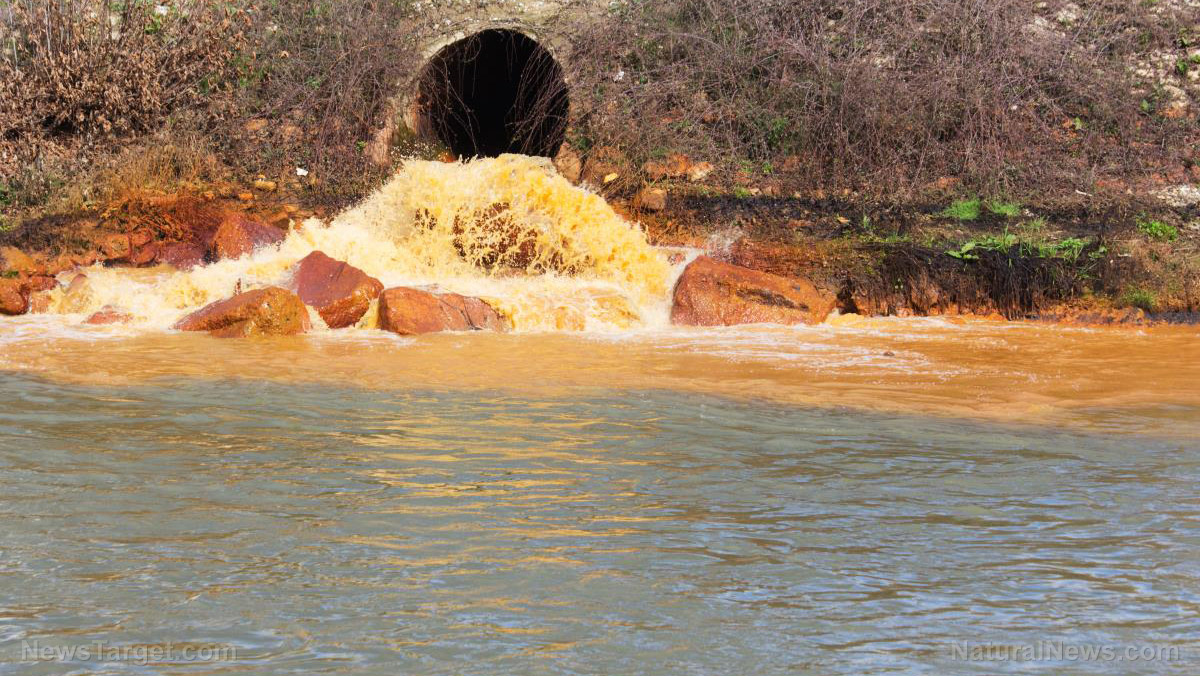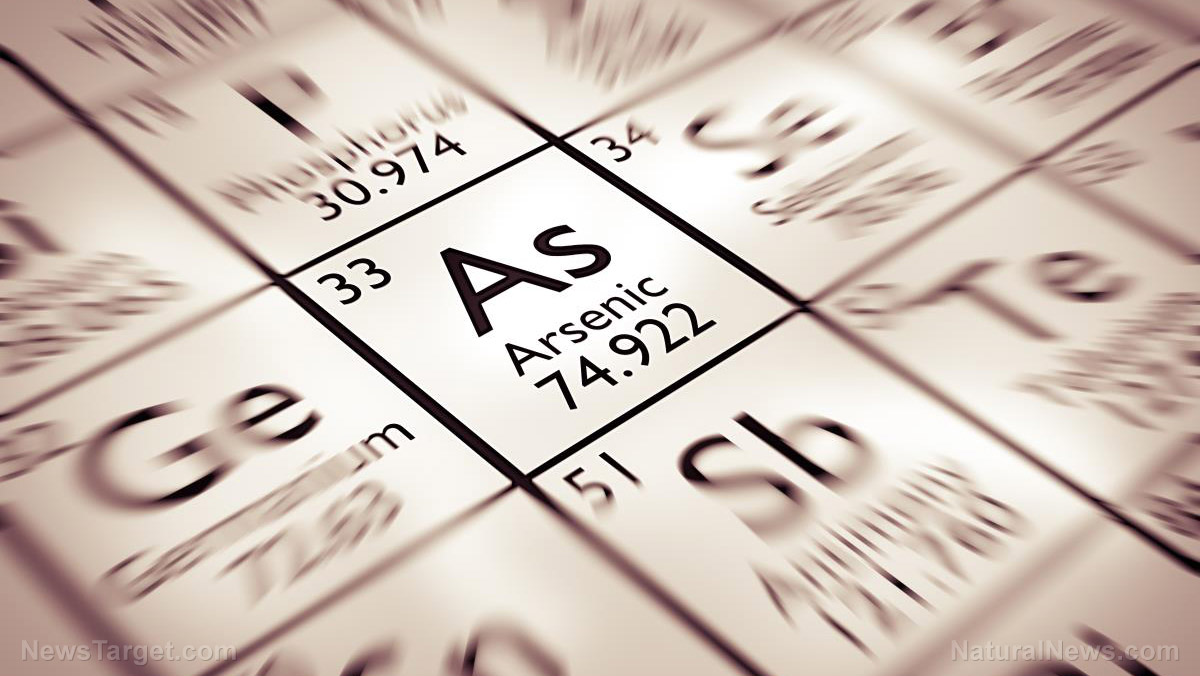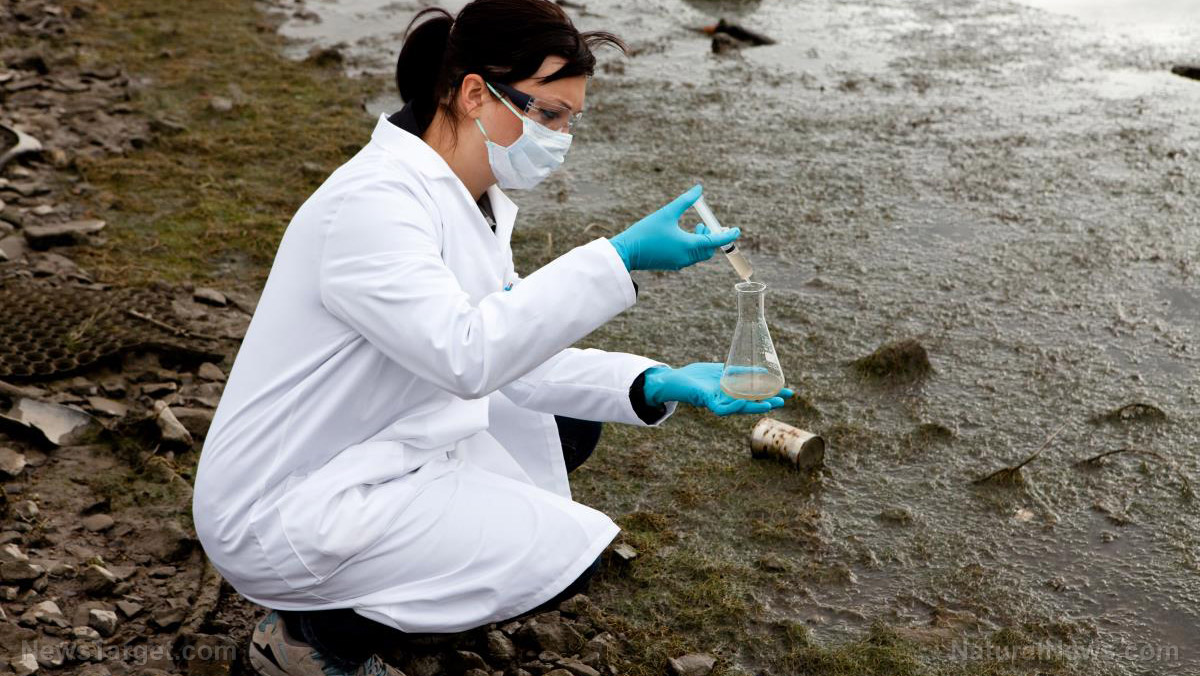Michigan residents angry that their drinking water has been contaminated with chemicals and flame-retardants
09/27/2018 / By Edsel Cook

Residents of Oscoda, Michigan are furious about the toxic PFAS and that have contaminated the picturesque Van Etten Lake. In a Circle of Blue report, the pollutants came from an old U.S. military base that made heavy use of firefighting foam.
Nicknamed Paddletown U.S.A., Oscoda is closely linked with the bodies of water in northern Michigan, such as Lake Huron, the Au Sable River, and the aforementioned Van Etten Lake. So the appearance of sticky white foam on the lakeside bodes ill.
The foam is comprised of PFAS, shorthand for perfluorinated compounds. They provide rain-repellent qualities to Gore-Tex jackets, ensure food doesn’t stick to the surface of Teflon skillets, and ensure fire retardants can resist heat.
A number of studies have shown that years of exposure to low levels of PFAS in drinking water are linked with increased chances of illnesses like abnormal cholesterol, hormone disruption, thyroid disease, and kidney and testicular cancers. The compounds are nearly indestructible.
Researchers analyzed samples of the foam in Van Etten Lake. They reported that the PFAS levels in the water are thousands of times higher than the safe limit set by the U.S. Environmental Protection Agency (EPA) for drinking water. (Related: PFAS chemicals are now in the drinking water of about 16 million Americans, new study concludes.)
Toxic PFAS chemicals originate from closed-down Air Force base
The chemicals are flowing from the former Wurtsmith Air Force Base. During the Cold War, military personnel used PFAS-based firefighting foam during training exercises. Wurtsmith closed down in 1993. Considered to be one of the most polluted locations in Michigan, it was so bad that the EPA wanted to turn it into a national Superfund site in 1994. Nothing came out of that proposal. By 2016, the EPA turned the base over to the Air Force and state agencies for clean-up.
Meanwhile, the toxic PFAS contaminated nearby groundwater. From Wurthsmith, the polluted water flowed to Van Etten Lake, which eventually empties in Lake Huron. The pollutants have turned life in Oscoda upside-down. Recently, Michigan officials warned residents to refrain from eating fish caught in the Au Sable River and the wetlands near Wurtsmith. They also warned more than 200 households near Van Etten Lake to avoid using tap water from their private wells.
Even the public water in Oscoda has been contaminated. PFAS have been detected in Lake Huron, the water source for the entire region. The treated water isn’t safe, either, which puts 14,000 homes at risk.
These developments prompted both residents of Oscoda and soldiers assigned to Wurthsmith to wonder about the strange cancers and numerous illnesses they’ve experienced. They fear their conditions are connected to the chemicals.
Angered by insufficient action by higher-ups, Oscoda residents are speaking out against PFAS
The state of Michigan is supplying affected homes with either bottled water or faucet filters. But it is taking its time to clean up Wurtsmith AFB. Meanwhile, the U.S. Air Force maintains it will only pay for households that show PFAS levels well past the EPA limits. So far, only one family has been compensated.
Fed up with the slow action of the state and the uncaring military, Oscoda residents are now demanding the flow of contaminated groundwater from Wurtsmith be stopped. One group, the Veterans and Civilians Clean Water Alliance, is comprised of Wurtsmith veterans and their families. They want health care coverage for people who got sick on the base, and they’re considering filing a class-action lawsuit against firefighting foam developer 3M. Another group, Need Our Water, is focusing on the information aspect of the PFAS contamination crisis. They are providing other locals with technical knowledge about the extent and severity of the pollution.
Keep track of the latest news about PFAS contamination at Pollution.news.
Sources include:
Tagged Under: contaminated water, firefighting foam, Great Lakes, Michigan, military bases, perfluorinated compounds, PFAS, Teflon, toxic chemicals



















